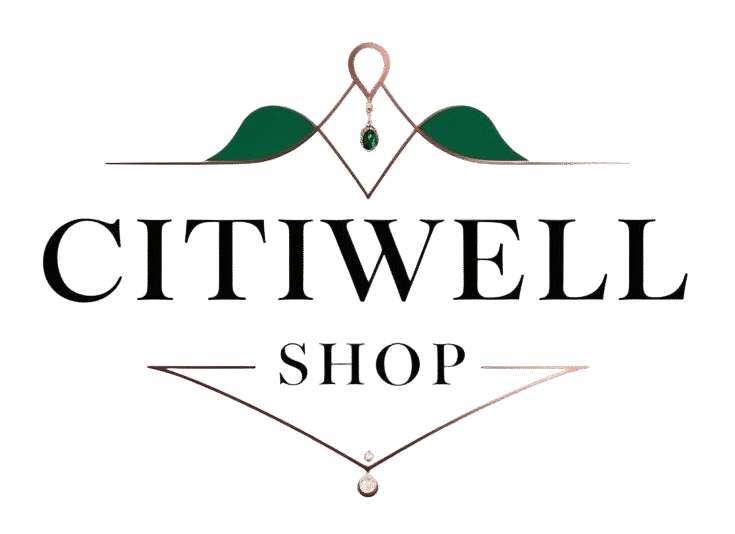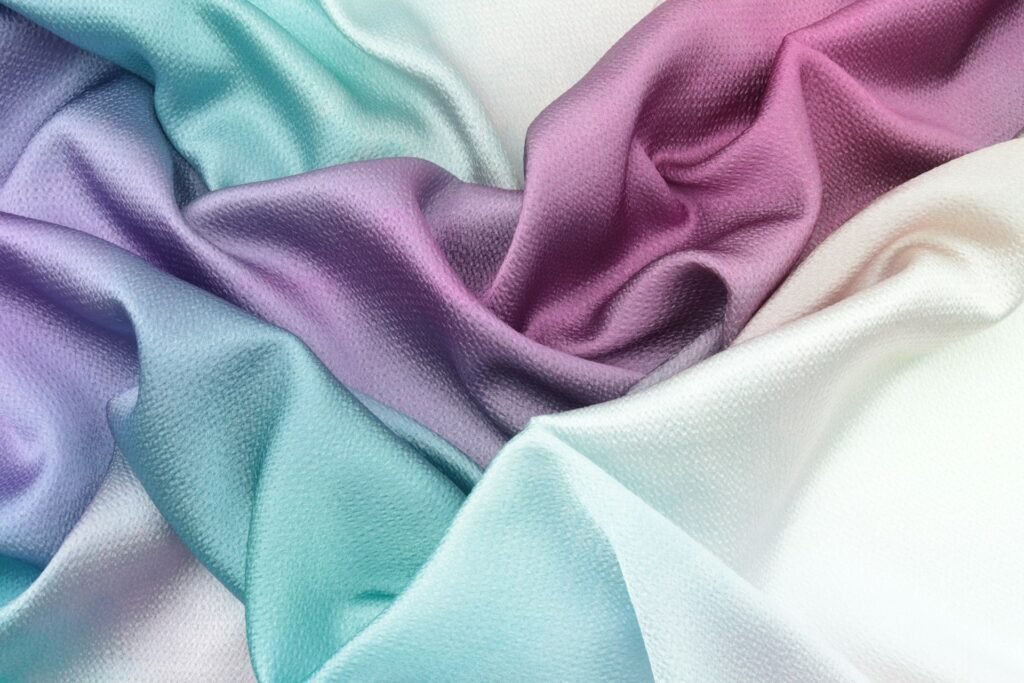This post may contain affiliate links which means we may receive a commission at no cost to you, if you make a purchase through a link. Please see our full disclosure for further information.
Have you ever glanced at a clothing label and thought, What does this actually mean? If so, you’re not alone. Understanding fabric types is more than just fashion knowledge — it’s key to making informed, sustainable, and skin-friendly wardrobe choices.
🌿 Natural Fibers
Natural fibers come from plants and animals — think cotton, wool, silk, and linen. These materials are praised for being breathable, soft, and biodegradable, making them ideal for sensitive skin and warm climates. They also absorb dyes well, offering vibrant colors.
However, they’re not perfect. Natural fabrics are prone to wrinkling, shrinking, and sometimes lack durability (silk, for example). Their production can also be resource-intensive, with concerns around water usage and pesticide application.
🧪 Synthetic Fibers
Synthetic fibers like polyester, nylon, acrylic, and spandex are derived from petrochemicals. They’re known for being durable, quick-drying, and wrinkle-resistant, which makes them great for activewear and outerwear.
But there’s a downside: they lack breathability, often trap odors, and can cause skin irritation for some people. Most importantly, synthetic fabrics contribute to microplastic pollution, which is a growing environmental issue.
🌱 Semi-Synthetic Fibers
Somewhere in between, semi-synthetic fibers (such as viscose, modal, cupro, and lyocell) start as plant-based materials but go through chemical processing. These fabrics are soft, breathable, and often drape beautifully. Lyocell (also known as Tencel) is particularly noteworthy for being produced in a closed-loop system, meaning it generates minimal chemical waste.
However, semi-synthetics aren’t without issues. They’re often prone to wrinkling, weaker when wet, and typically require delicate care. People with chemical sensitivities may also find them irritating.
🧵 Final Thoughts
Each fabric type has its place depending on your needs — whether it’s breathability, performance, or sustainability. Personally, I lean toward natural fibers for everyday wear because of their comfort and biodegradability. I reserve synthetic blends for activewear or occasional formal pieces, and I use semi-synthetics primarily for garment linings.
If you’re aiming to shop more mindfully, start by checking fabric tags and understanding what you’re buying — it’s a small step that can make a big difference for your wardrobe and the planet.
Luxury Fabrics – the Refined Taste of Haute Couture
Crafting elegance: how luxury fabrics and textiles are made
Your Sustainability Guide to Luxury Fabrics
Uncover further inspiration in our blog.









